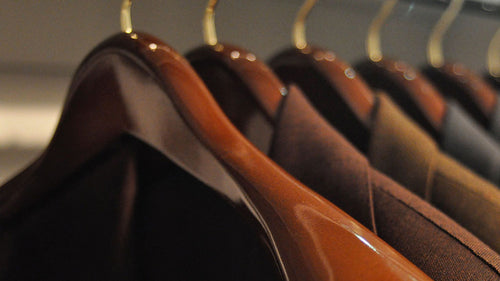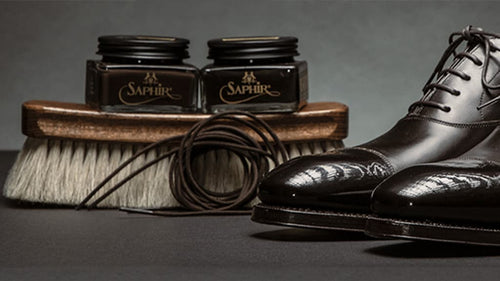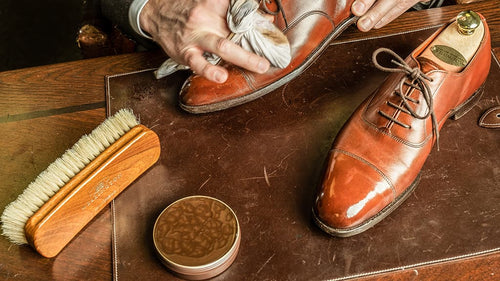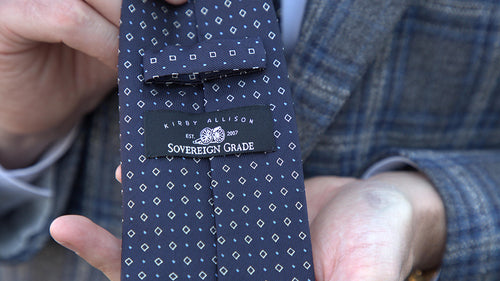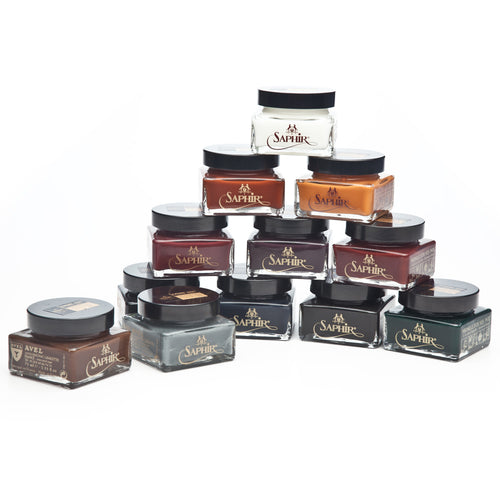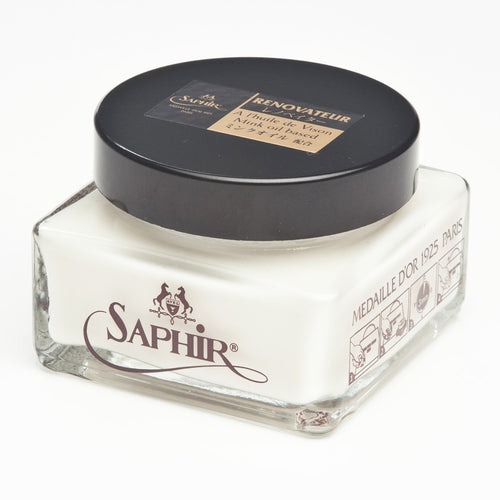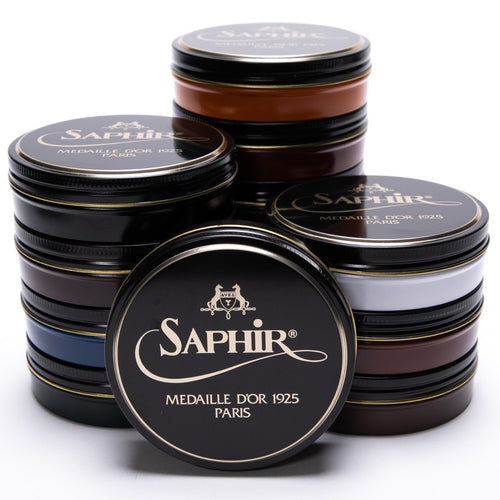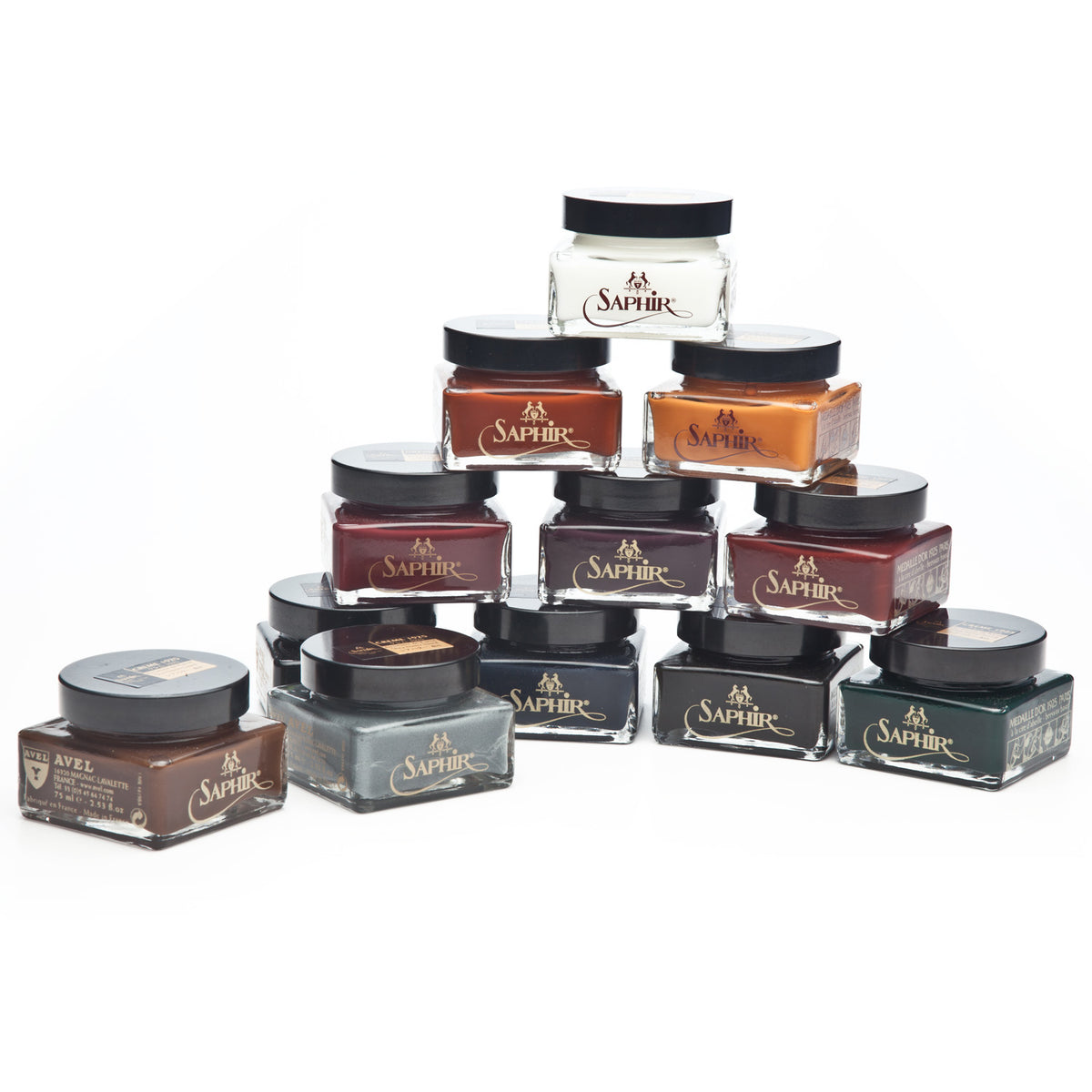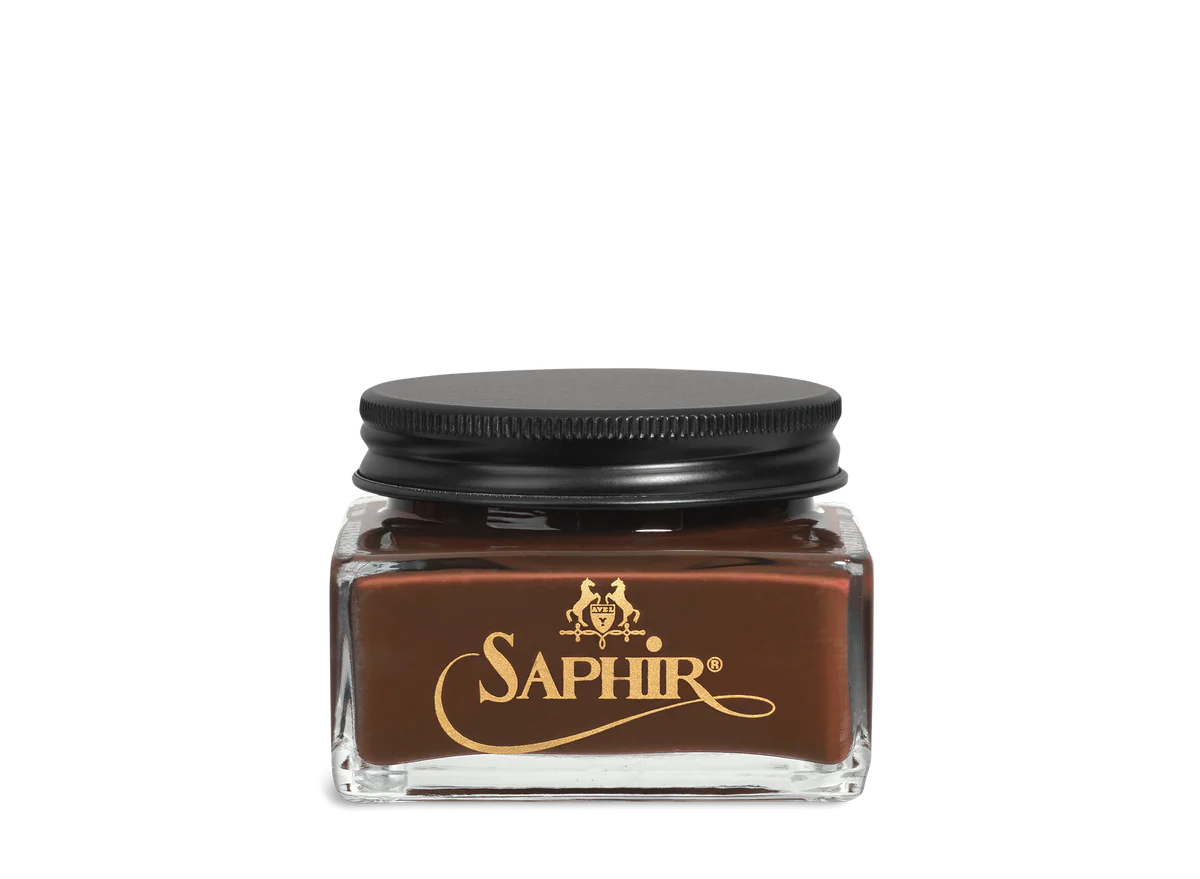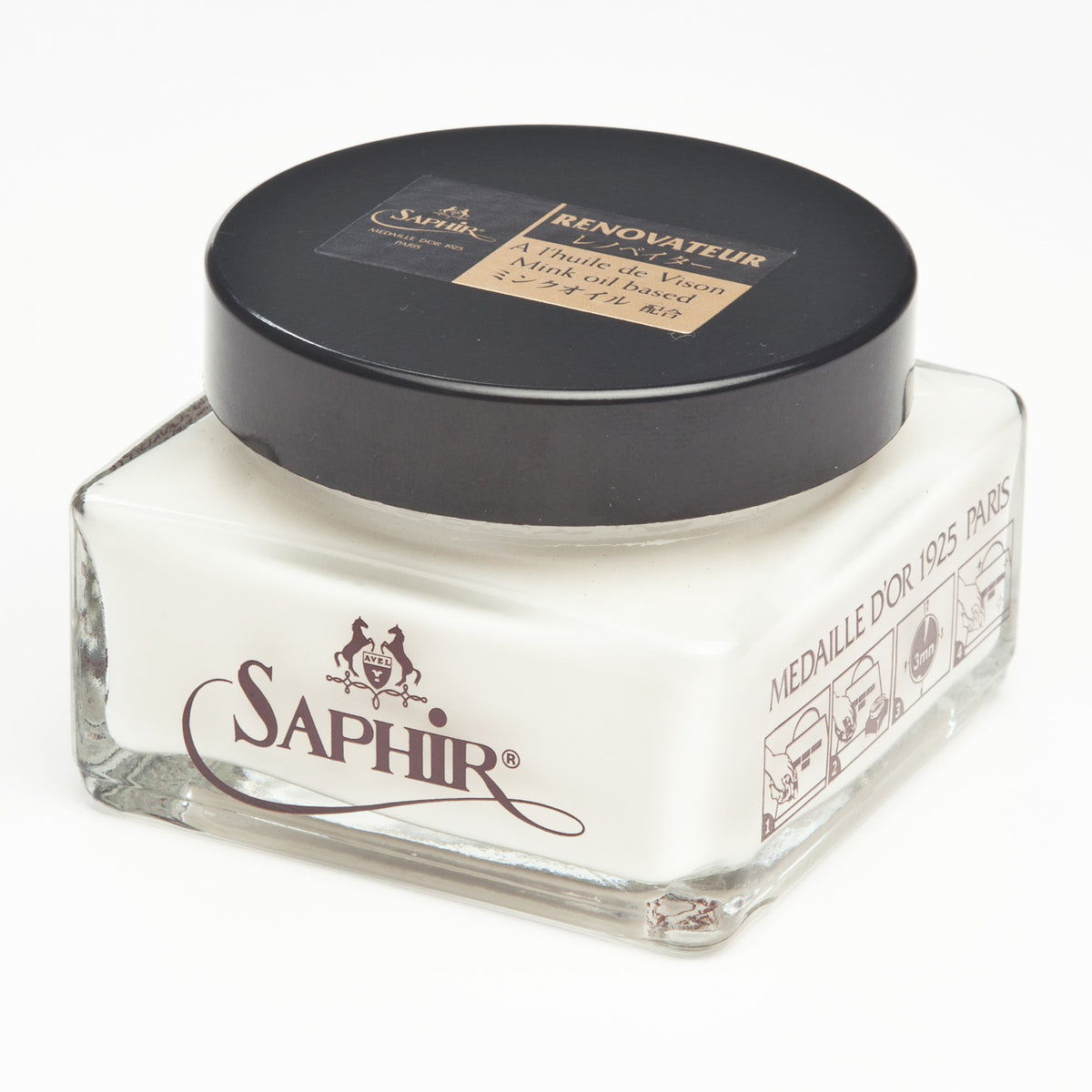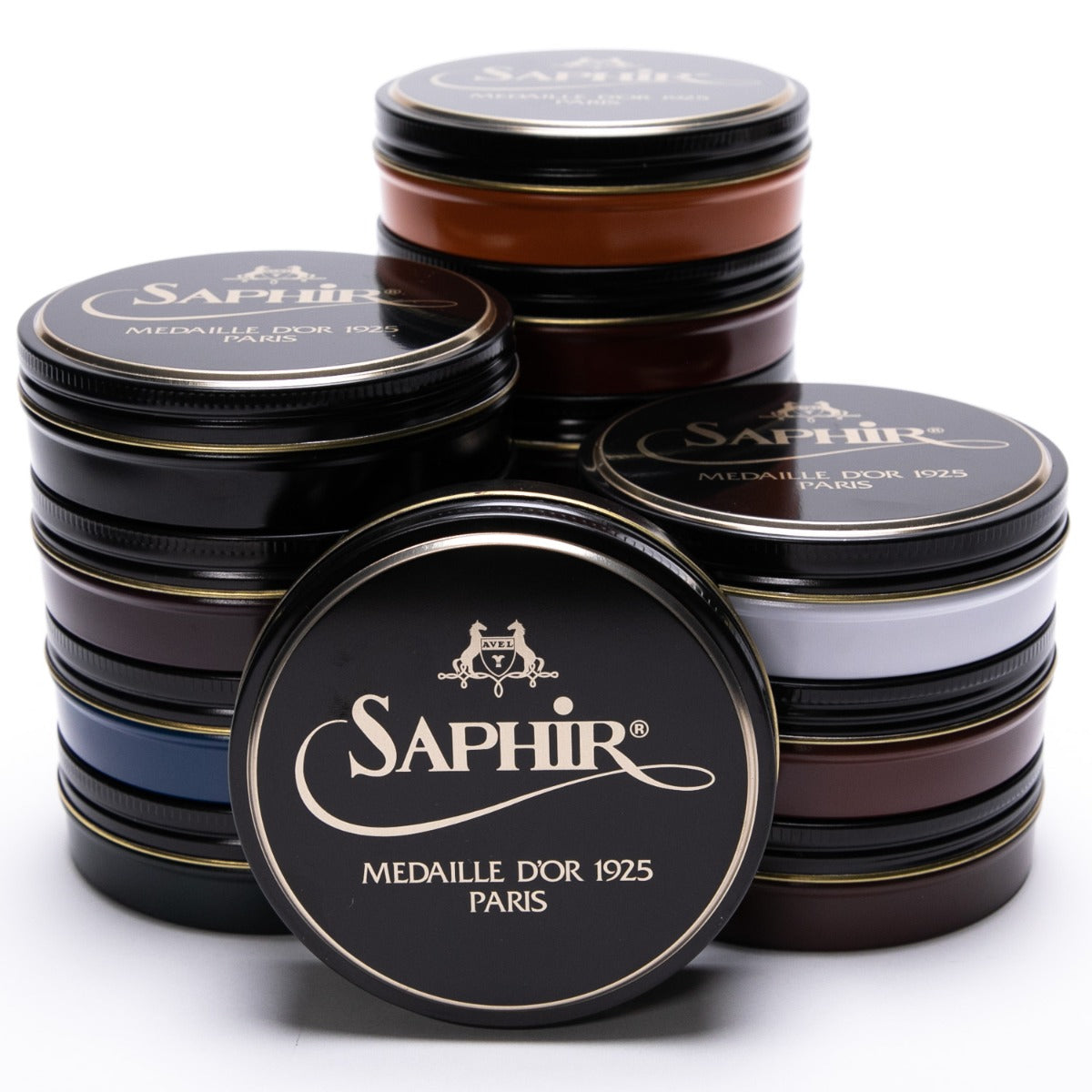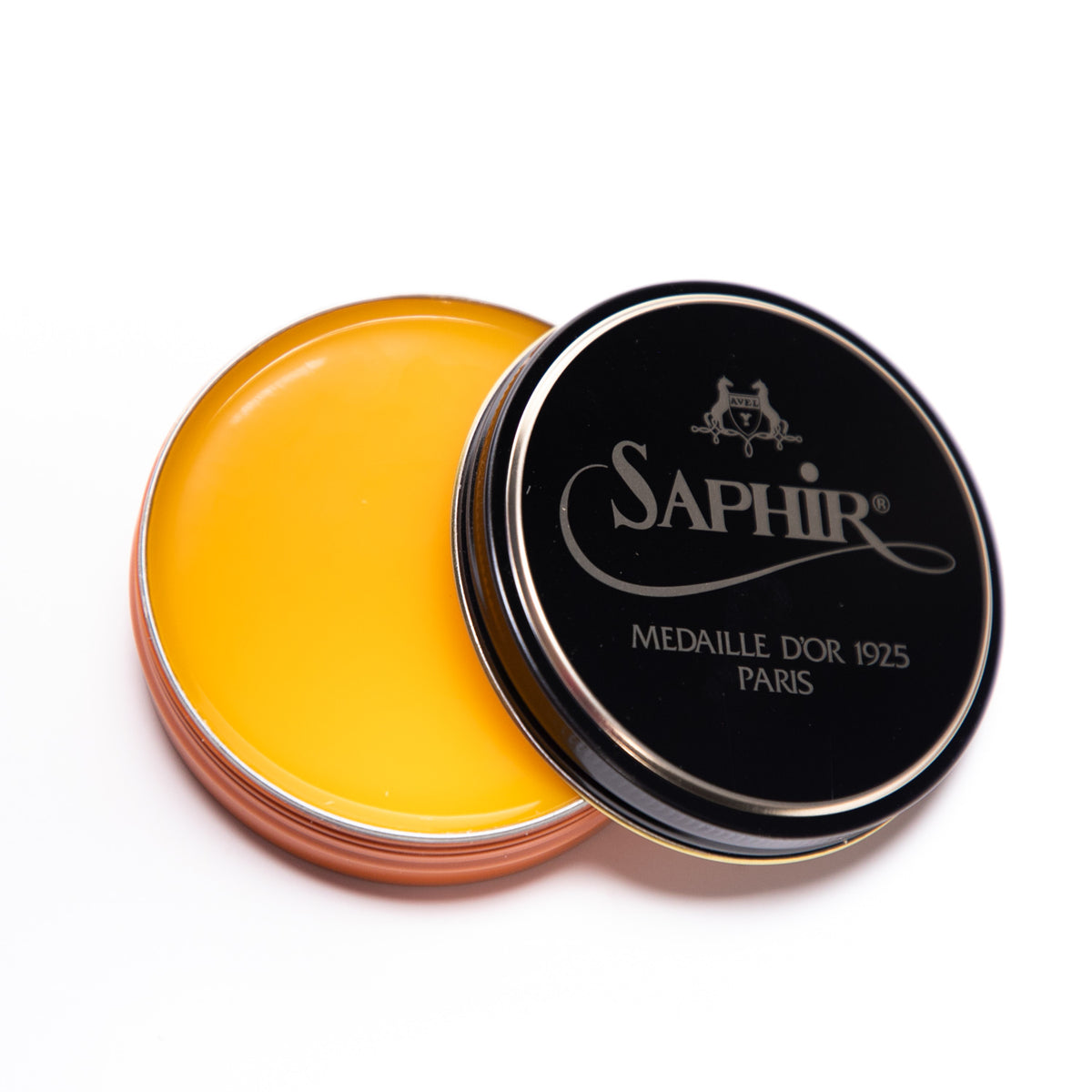A great iron is an essential tool for the care of your wardrobe. It’s useful for cleaning up items returned by the dry cleaner (rarely do they do a perfect job), refreshing shirts between wears, or steaming wrinkles out of sweaters and polos.
An iron is an investment. Well-manufactured irons can last decades, which is why we use Reliable Corporation. They are first and foremost a manufacturer of truly professional irons for the dry cleaning and garment care industries. Their consumer products benefit from cross-over technology that comes from experience producing items that must endure all-day use by professionals.

There are three primary properties that allow an iron to work:
- The generation of steam, which relaxes fabric fibers;
- The application of weight, which presses the fabric flat; and
- The application of heat, which evaporates the steam and sets the press.
Most handheld irons generate steam when water passes onto the sole plate. This allows the iron to utilize just one heating element, both for the sole plate and the generation of steam, but it results in "spitting" if all water does not immediately turn into steam.
Pressure Irons, on the other hand, have base stations that generate steam independently from the sole plate. Once pressure fills up in the reservoir, a pressure iron provides almost continuous steam. The reservoir also allows for longer ironing sessions without having to stop and refill the water.
The purpose of steam is to relax fibers, which then allows them to be pressed flat with the weight of the iron and set with the drying of steam by the sole plate. This is why professional irons always and only have steam holes at the front of the iron. In addition to allowing for better control of steam, it leaves the entire back of the sole plate available for drying steam.
This is the flaw in some modern irons - they have steam holes covering the entire sole plate. This prevents steam from drying as the iron passes over the fabric. The result is a press that does not hold.
Another indicator of a quality iron is weight. The heavier the iron, the less physical pressure required to achieve the same press. When pressing your garments, you really do have to press in order to achieve crisp results. A heavier iron aids this process



